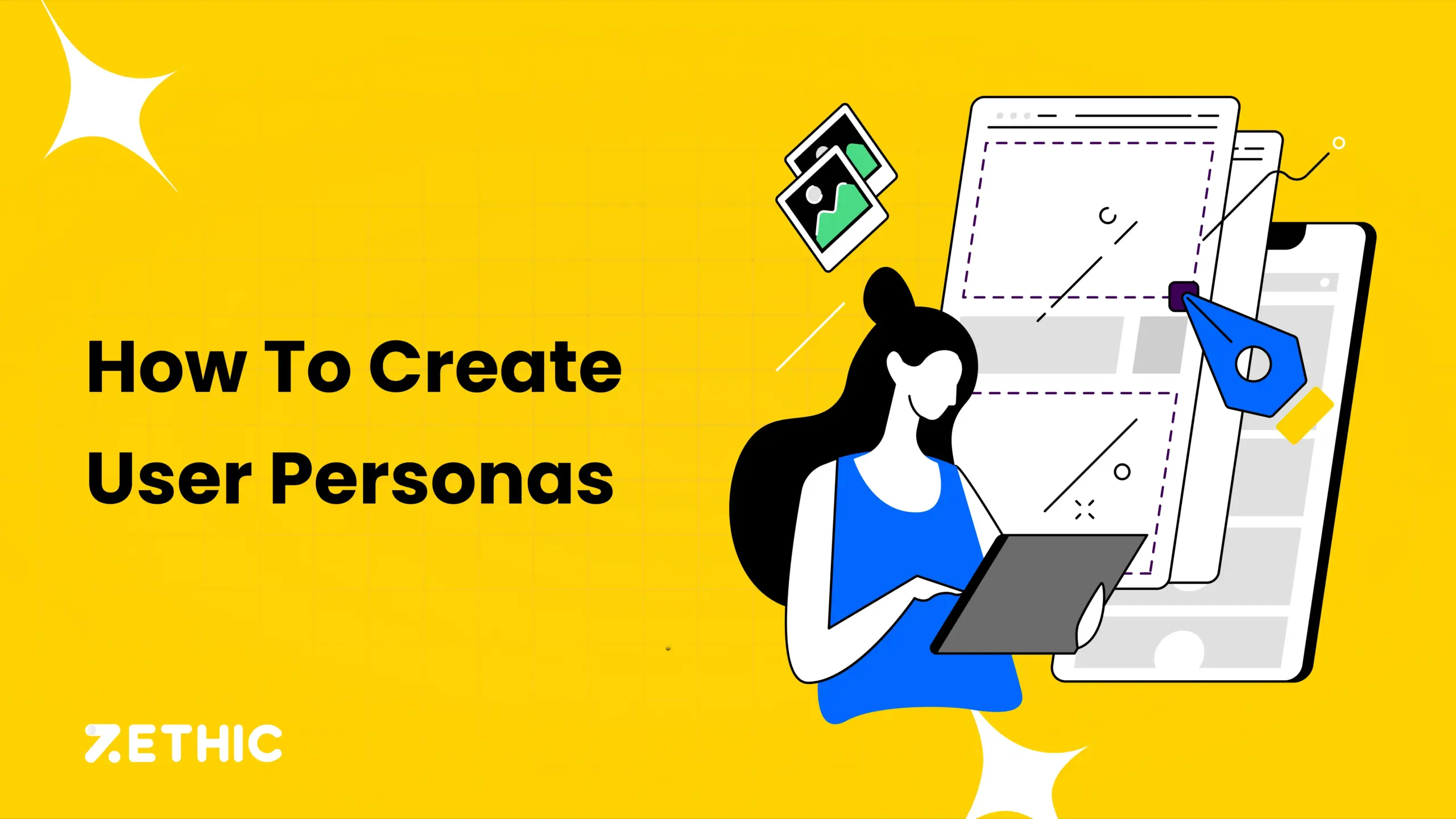In today’s technologically advanced world, the Internet of Things (IoT) has emerged as a game-changing force, connecting devices and revolutionizing various industries. IoT software development services have become key to unlocking the future of diversified IT solutions that can make life easy like never before.
In this blog, we will delve into the fundamentals of IoT, explore its types, examine real-world applications, and emphasize the significance of partnering with the right IoT software development agency, such as Zethic Technologies, to harness its boundless possibilities.
Types of IoT Software:
IoT software development can be categorized into two primary types: Enterprise or Industrial IoT and Consumer IoT. Though distinct in their applications and target audiences, both types play a pivotal role in driving the widespread adoption of IoT technology.
Enterprise or Industrial IoT:
Industrial giants such as IBM, Cisco, and General Electric have embraced IoT as the foundation of their businesses. Industrial IoT leverages applications and devices like beacons, RFID tags, and sensors to optimize processes, enhance efficiency, and improve safety in manufacturing, logistics, and agriculture sectors. Startups also contribute to Industrial IoT innovations, providing networking infrastructure, cloud platforms, sensors, and machine learning software tailored for heavy industry applications.
Consumer IoT:
Consumer IoT focuses on enhancing everyday life by seamlessly connecting devices and objects in homes and personal spaces. This type includes wearables, smart homes, connected cars, and healthcare devices. IoT has brought significant changes in healthcare, with smart patches and personal emergency response systems revolutionizing how we monitor and manage our health.
Real-World Examples of IoT Applications and Software:
The possibilities of IoT are virtually endless, and its applications span across various industries. Let’s explore real-world examples of IoT software and devices shaping our future.
Smart Headphones: A Sound Revolution
Amazon, a key player in the IoT landscape, has made significant strides in developing IoT-based devices. One of their innovations is the Dash Wand, a smart device that allows users to watch their surroundings through voice commands. Additionally, Amazon has obtained a patent for smart headphones with noise-cancelling technology that goes beyond traditional on/off functionality.
These smart headphones can analyze sounds and selectively allow certain noises while blocking others. By leveraging IoT technology, users can enjoy their music without compromising their ability to hear important sounds like car horns or emergency sirens. This is just one example of how IoT transforms how we experience everyday products.
Google Assistant: Your Personal Smart Assistant
Google has also made its mark in the IoT space by developing Google Assistant. Voice commands activate this personal smart assistant, and can engage in two-way conversations. Initially available on Google Pixel smartphones and Google Home, Google Assistant has expanded its reach to various devices, including phones, headphones, and cars.
With commands like “Hey, Google” and “OK, Google,” users can perform an array of tasks, from searching the web to sending messages, making calls, checking the weather, and recognizing songs. The ability to understand the context and provide relevant responses sets Google Assistant apart. This makes it a powerful tool for users seeking a seamless and intuitive IoT experience.
Smart Home Devices: Making Life Smarter
Smart home devices have risen in popularity among consumers, offering convenience, energy savings, and enhanced security. Let’s explore some noteworthy examples:
Smart Thermostat: The Energy-Saving Hero
A smart thermostat can efficiently cut-down your electricity bills with its efficiency. By connecting to the internet and leveraging IoT capabilities, these devices automatically adjust the temperature based on factors like occupancy and personal preferences. This not only ensures optimal comfort but also reduces heating and cooling expenses.
Smart Plugs: Power Control at Your Fingertips
Smart plugs can make any device smart. Users can control the power supply remotely by plugging a regular device into a smart plug and using a smartphone app. This allows for easy scheduling and energy management. Some smart plugs even provide energy monitoring capabilities, enabling users to track and optimize their energy usage.
Smart Bulbs: Lighting the Way
Gone are the days of traditional light bulbs. Smart bulbs offer diverse features that go beyond simple illumination. These bulbs can change colors, sync with music, and even adjust their brightness based on natural lighting conditions. Users can create schedules, customize lighting scenarios, and save energy with their mobile apps. Smart bulbs not only enhance the ambiance of a space but also contribute to energy efficiency.
Smart Locks: Keys to a Safer Future
Smart locks eliminate the requisite of a conventional key, offering convenience, security, and remote access. These locks can automatically unlock when users approach their homes and lock when they leave. With the ability to grant access to family members or friends through guest keys with expiration dates, smart locks provide peace of mind. Smartphone integration enables users to monitor activity remotely and even set temporary access codes in case they forget their phones.
Modern Security Systems: Safeguarding What Matters
Security is a top priority for homeowners, and IoT technology has transformed the way we protect our properties. Modern security systems combine video surveillance, audio monitoring, night vision capabilities, motion detection, and remote access via smartphones. These systems offer peace of mind and enable users to monitor their homes from any corner of the world.
Smart Pet Feeders: Taking Care of Our Furry Friends
For busy pet owners, smart pet feeders are a blessing. These devices can determine the right type and amount of food for pets and even automate the delivery process. With the help of IoT technology, users can remotely monitor their pets’ food consumption and ensure their well-being, even when they are away from home.
Healthcare Devices: Empowering Personal Well-being
IoT is revolutionizing the healthcare industry, making health monitoring completely easy and enabling remote patient care. Here are some examples of IoT-based healthcare devices:
The Health Patch: Empowering Remote Care
The Health Patch is a smart patch worn on the chest that provides accurate measurements of vital signs like heart rate, ECG, respiratory rate, and temperature. This device sends real-time data to a doctor’s smartphone app, allowing for remote monitoring and timely intervention. The Health Patch empowers physicians to provide personalized care and make informed treatment decisions, even from a distance.
Lively Personal Emergency Response System: Peace of Mind at Your Wrist
A personal emergency response system can be a lifeline for individuals with health concerns. These systems typically consist of a smartwatch connected to a central hub. In case of an emergency, the system automatically alerts relatives or emergency services, ensuring timely help. This IoT-powered device provides peace of mind for both users and their loved ones.
Creating IoT Software: Best Practices and Considerations
Developing IoT applications requires careful consideration and adherence to best practices. Choosing the right IoT software development partner is instrumental in successfully navigating this dynamic landscape. Here are some key considerations:
1. Testing: Ensuring Quality and Reliability:
Comprehensive testing is essential to ensure the quality and reliability of IoT applications. All components, including edge devices, software, connectivity, and end-user applications, must undergo rigorous testing to identify and address any issues before deployment.
2. Continuous Monitoring: Proactive Maintenance and Support:
Continuous monitoring enables proactive maintenance and support for IoT applications, detecting and resolving potential problems before they impact operations or user experience.
3. Responsibility: Ensuring Security and Privacy:
To prevent malicious attacks, ioT applications must implement robust security measures, including encryption, secure authentication protocols, and regular security audits.
4. Competence: Choosing the Right IoT Software Development Services:
Selecting a reputable and experienced IoT development company, such as Zethic Agency, is vital for the success of any IoT project. A competent IoT development team will have expertise in IoT platforms, connectivity protocols, data analytics, and user interface design, ensuring a smooth and successful IoT implementation.
Conclusion:
The Internet of Things has transformed how we live and work, offering boundless opportunities for businesses and individuals. Embrace the power of IoT and unlock the possibilities of the connected future with Zethic, your trusted IoT software development agency. Together, we can unleash the full potential of IoT, revolutionizing industries and creating a brighter tomorrow.







Your point of view caught my eye and was very interesting. Thanks. I have a question for you.
Thanks for sharing. I read many of your blog posts, cool, your blog is very good.
Very nice post. I just stumbled upon your blog and wanted to say that I’ve really enjoyed browsing your blog posts. In any case I’ll be subscribing to your feed and I hope you write again soon!